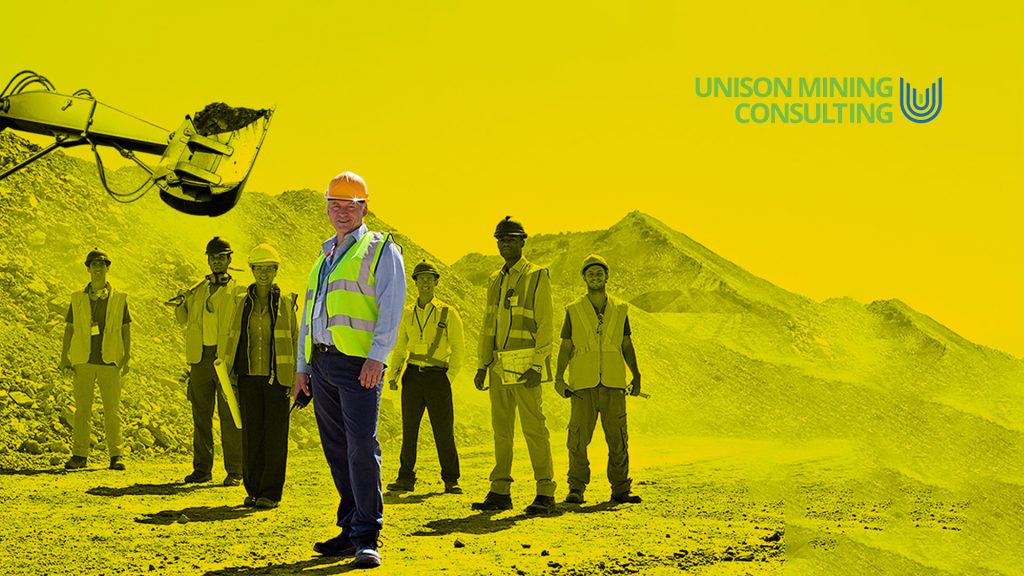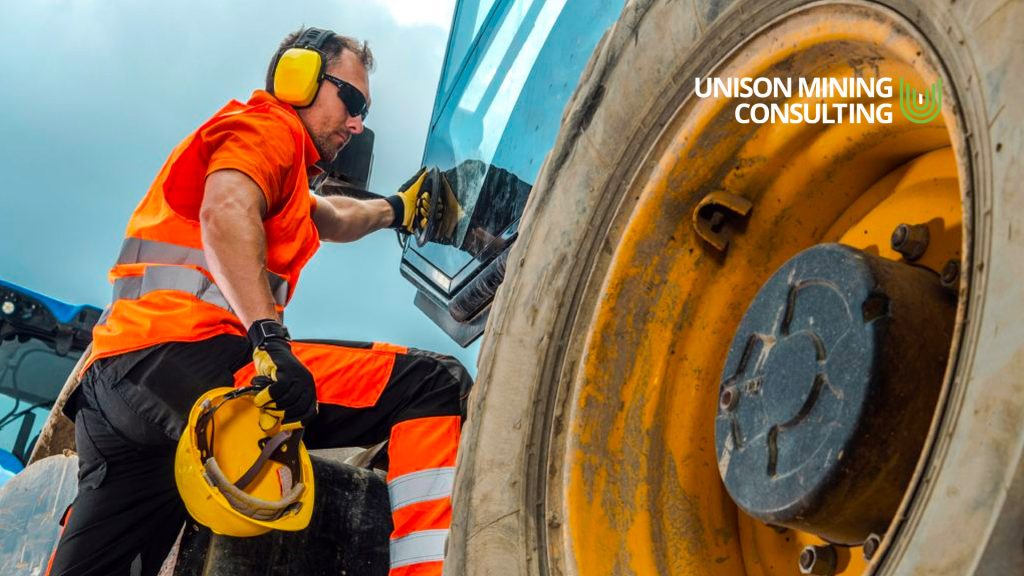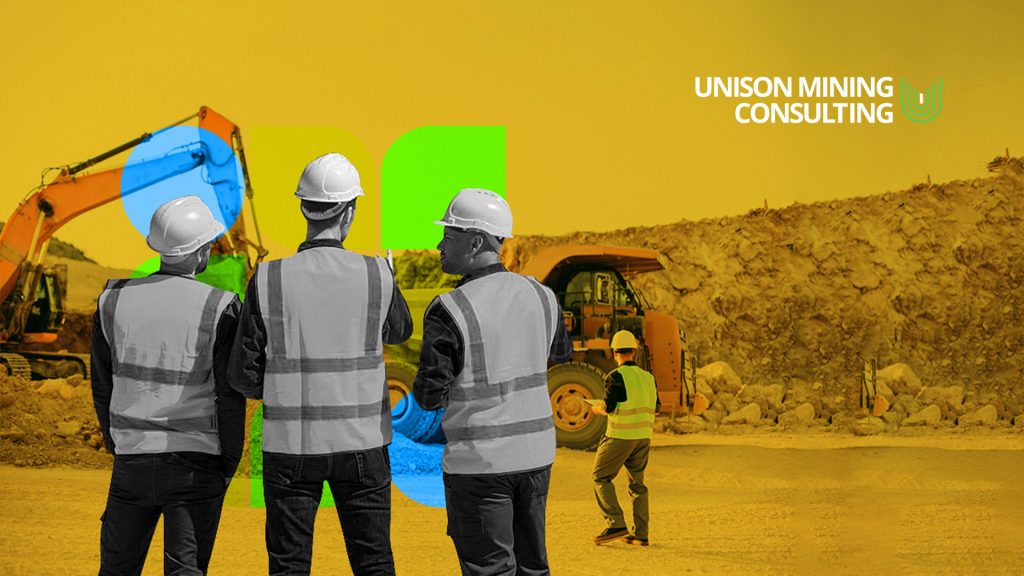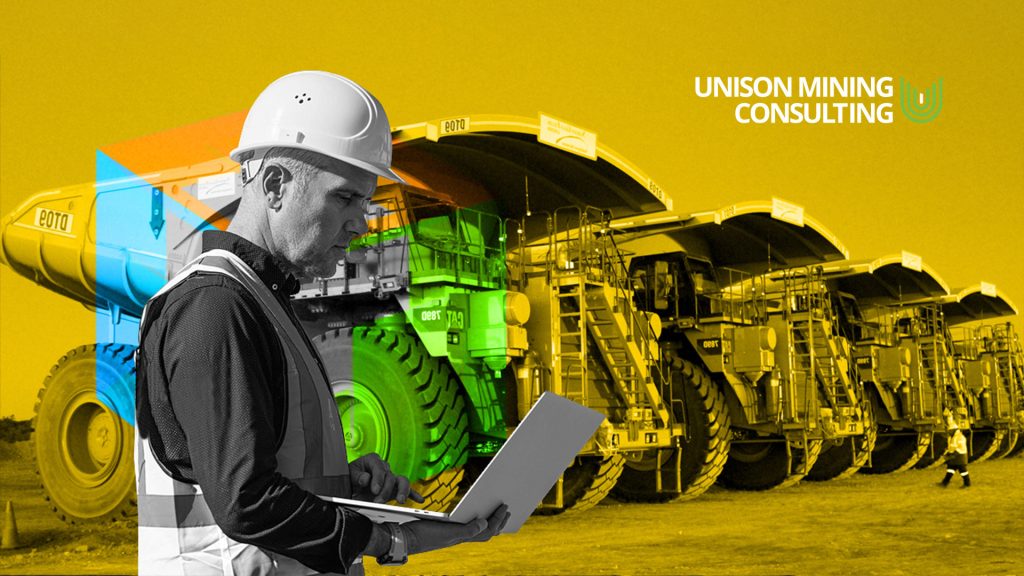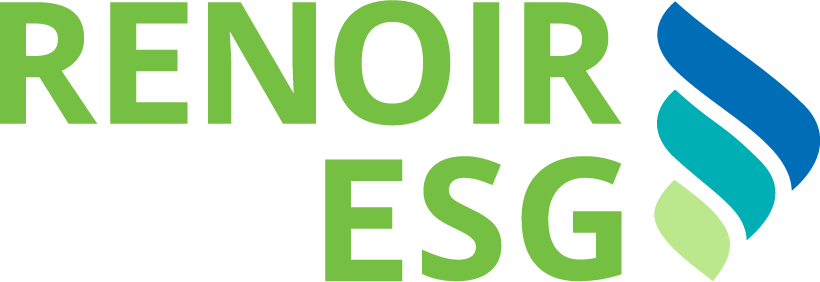At a Glance
Build a comprehensive skills flexibility matrix to attract and retain top mining talent in a competitive market. With better communication in hiring, mining companies have an opportunity to dispel certain misperceptions about the industry that skilled prospects may hold to successfully attract and retain the right talent.
Talent shortages in the mining industry are being compounded by competitive pressure for mining companies to adopt newer technologies. Training programs in new skills such as data analytics and management need to be offered to new hires but also effectively advertised in job descriptions for new roles.
With better communication in hiring, mining companies have an opportunity to dispel certain misperceptions about the industry that skilled prospects may hold to successfully attract and retain the right talent.
Demystifying the mining industry and communicating the breadth of its scope
The mining industry, while vast in its scope, is often understood by graduates and prospects in terms of more commonly known roles associated with field work. While superintendents, geologists, mining engineers and equipment operators may be more widely known, other roles such as remote sensing specialists, community relation managers and mining economists may not be.
“The mining industry covers a lot of areas, from research to development to the supply chain. It is broad with lots of opportunities, but there’s room for improvement in how employers communicate this to young people and prospective hires,” explains Brian Witherspoon, Managing Director of Unison Mining Consulting.
He adds: “When graduates are leaving university and entering the workforce, are they expecting their skills to match roles within the mining industry? Can they clearly visualize themselves working for specific roles and have these roles been advertised sufficiently?”
This could mean communicating the role of the industry in the energy transition through the deployment of newer technologies. It could be explaining the growing demand for skills in community engagement to understand how mining projects can be carried out and then closed out sustainably. Communicating a shifting mining industry that is changing quickly with new technological and regulatory developments is key to address any negative perceptions of mining that may persist.
Specialized skills training programs to attract and recruit top talent in mining
Advertising and communicating the many paths a career in the mining industry can lead to is paramount. By presenting a variety of avenues that are not overly rigid or singular, fresh graduates can venture into the industry with the understanding that they will not being pigeonholed into any particular field, but rather the exact opposite.
With the role of data, sensors, AI and the like playing an increasingly important role in the mining industry, a lot can be done by employers to ensure that they are attracting this talent while staying cost effective in their HR efforts. While mining companies may easily find talent who are trained technically, prospects with the ability to understand the latest technology like remote sensors, digital twin technology and AI may be more challenging to find.
“While many new graduates come out of metallurgical engineering schools with the right technical skills, there may not be an understanding of current, broader industry issues at play in the mining industry. They have the technical training and academic knowledge, but what they lack is experience. The way mining is moving, there’s a lot more data, and data management roles now exist at all levels because there’s just that much information to handle,” says Witherspoon.
Hence, this bridge of the support employers can offer graduates – such as skills training programs in technologies, but also career development, is central to successfully adopting and deploying technology across the value chain and services. Meanwhile, this access to training in specialized skills becomes a main pull factor for graduates looking to gain more experience, once advertised in hiring efforts effectively.
Leverage flexible career paths for employee development
Witherspoon describes the organizations who successfully attract the right talent as investing in clear and descriptive communication of roles when hiring.
“They focus on job descriptions that help prospective hires and graduates visualize and imagine a future within not just one role – but the broader industry. They describe what taking on the role can offer prospects, such as clear feedback, continuous support in their career development, and on the job training to grow their sets of skills.”
Here, a skill flexibility matrix is a useful tool employers can use to build job descriptions with built-in career paths to help hires understand how one role leads to other opportunities. The tool is also invaluable in evaluating hires over time by allowing the continuous assessment of their skills in a personalized, granular and consistent way. This ensures that employers are fully utilizing their talent in the right areas, but also that employees’ career paths are nurtured and developed – fostering the next generation of mining talent.
By understanding the skillsets of the individual hire, a career path is then developed with flexibility and room for the employee to explore a variety of areas within the industry – across the mining value chain, in different geographic locations, and in emerging areas such as data analytics, ESG and community engagement.
To build a comprehensive skills flexibility matrix to attract and retain top talent in a competitive market, our team at Unison Mining are ready to assist you.


